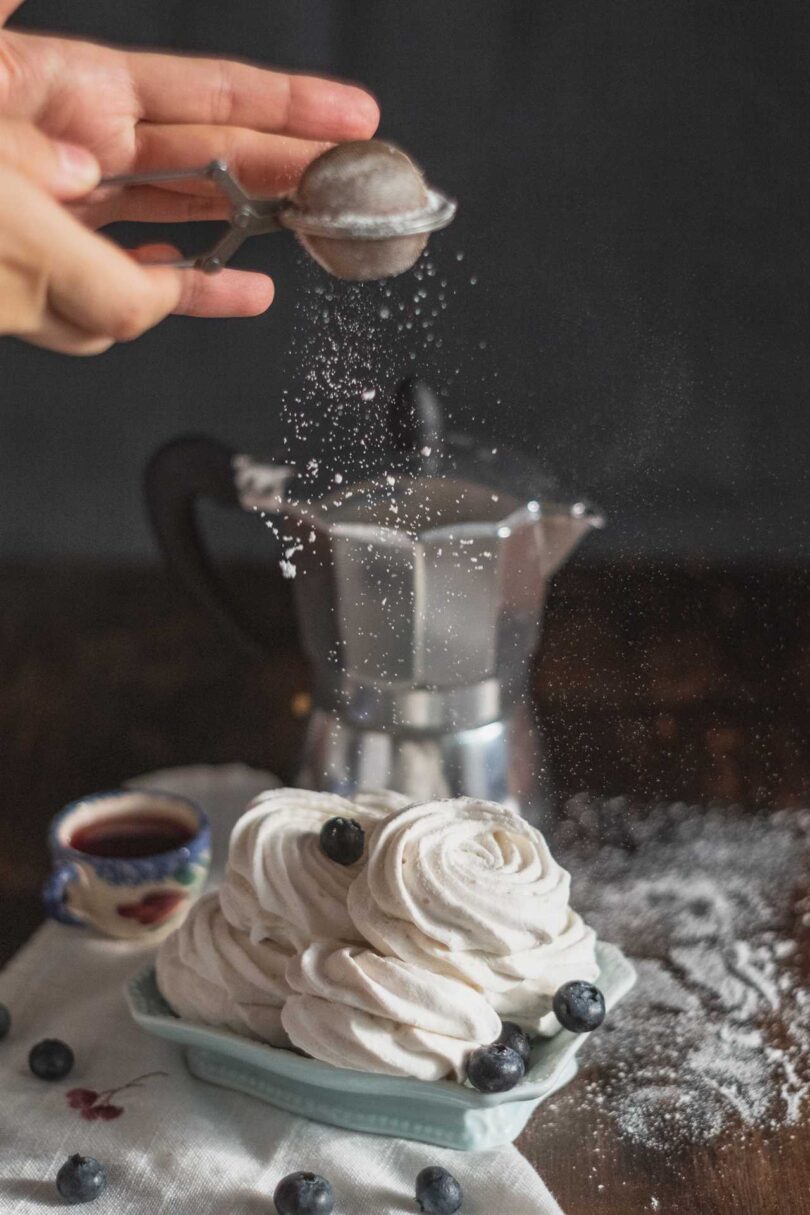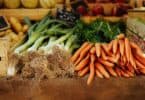Cooking can be as intimidating as navigating a maze, but with the right guidance, beginners can unlock the kitchen’s secrets and become culinary wizards.
Like a friendly GPS, this article serves as a comprehensive guide, leading aspiring chefs through the world of recipe preparation and cooking techniques.
From mastering knife skills to building flavors with seasonings and spices, this article empowers beginners to conquer the kitchen with confidence.
So, let’s embark on this delicious adventure and discover the joy of cooking!

Key Takeaways
- Read the recipe thoroughly and gather all the ingredients before starting.
- Use measuring tools to ensure accurate ingredient quantities.
- Follow the recipe instructions step by step for successful cooking.
- Continuously taste the dish while cooking to adjust flavors.
Understanding Kitchen Tools and Equipment
Beginners in the kitchen should familiarize themselves with various kitchen tools and equipment to ensure efficient and successful cooking.
Choosing the right cookware is essential for achieving desired results. Different types of pots and pans, such as non-stick, stainless steel, and cast iron, offer unique benefits and cooking experiences.
Exploring different kitchen gadgets can also enhance the cooking process. Tools like immersion blenders, food processors, and mandolines can simplify tasks like blending, chopping, and slicing.
It is important to invest in high-quality tools that will last and make cooking easier.
Essential Cooking Techniques
To master essential cooking techniques, one must familiarize themselves with recipe instructions and proper ingredient preparation. This includes understanding the importance of proper ingredient storage to maintain freshness and prevent spoilage.
It is crucial to store ingredients in a cool, dry place, away from direct sunlight and heat. Additionally, essential food safety tips must be followed to ensure the health and well-being of those consuming the prepared dishes. This includes practicing proper hand hygiene, washing fruits and vegetables thoroughly, and avoiding cross-contamination by using separate cutting boards for raw meat and produce.
Perfecting Knife Skills
One can improve their knife skills by practicing proper grip, maintaining a steady hand, and using controlled motions when cutting ingredients.
Knife safety and maintenance are essential aspects of mastering this skill. It is crucial to keep the knife blade sharp and clean to ensure precise and safe cutting. Regularly honing the knife and storing it in a knife block or sheath can help maintain its sharpness and prevent accidents.
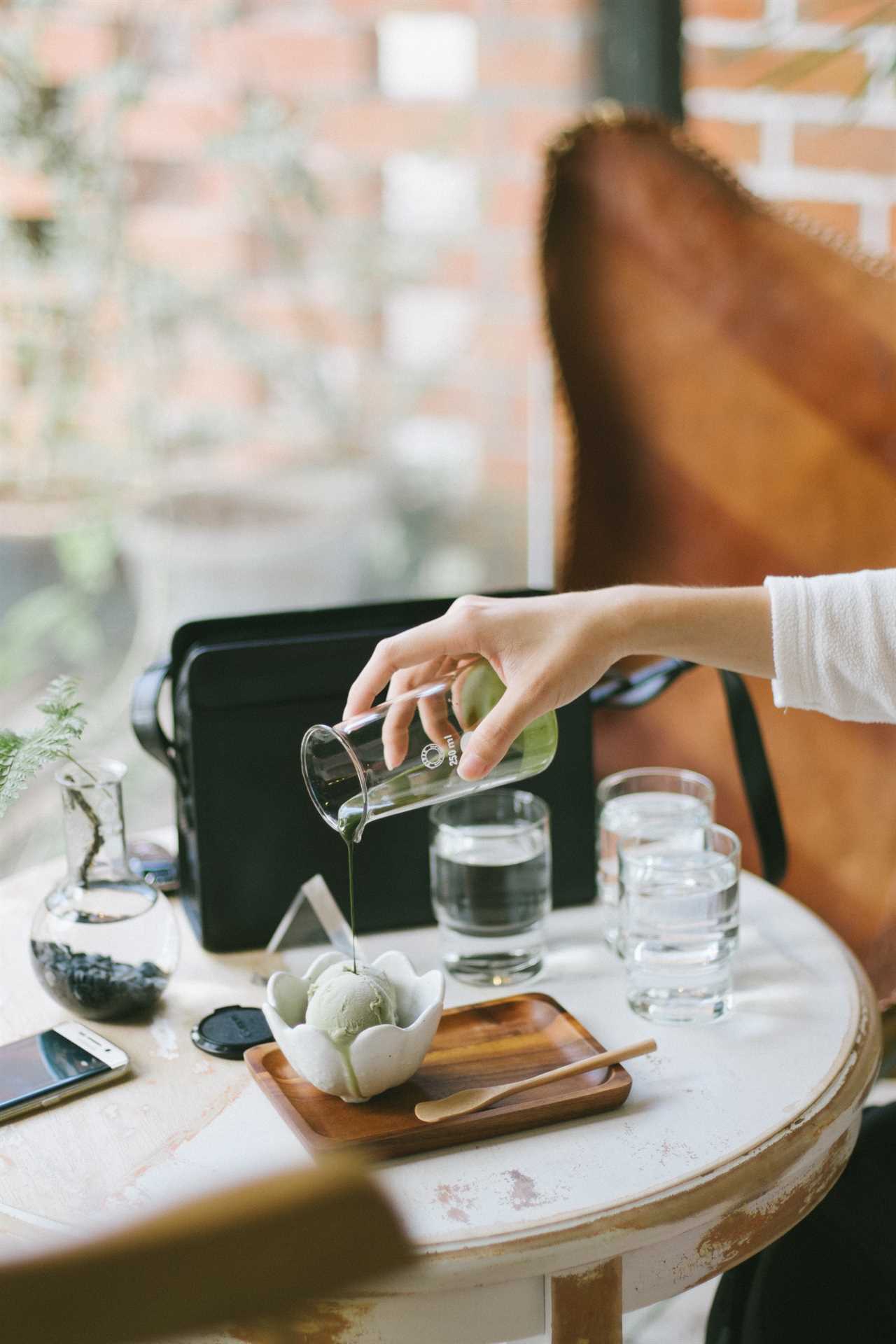
Additionally, understanding the different knife cuts and their uses is crucial for efficient cooking. From dicing to julienning, each cut serves a specific purpose in food preparation. By learning these techniques, one can enhance their culinary skills and create professional-looking dishes.
Practicing these knife skills will not only improve efficiency in the kitchen but also provide a sense of freedom and confidence to explore various cooking techniques.
Mastering Basic Cooking Methods
She can elevate her culinary skills by mastering basic cooking methods such as grilling, sautéing, and braising. These techniques not only provide a foundation for creating delicious meals but also offer the freedom to experiment and explore various flavors.
Here are three important tips to consider when diving into the world of basic cooking methods:

-
Exploring different cooking oils: Understanding the characteristics and flavors of various oils can greatly enhance the taste and texture of a dish. Experiment with oils like olive oil, sesame oil, and avocado oil to find the perfect match for your ingredients.
-
Mastering the art of sautéing: Sautéing involves quickly cooking ingredients over high heat, resulting in a flavorful and crispy finish. Perfect your sautéing skills by ensuring your pan is hot, using small and uniform pieces of food, and constantly moving the ingredients in the pan.
-
Utilizing proper heat control: Learning how to control the heat while grilling, sautéing, or braising is crucial for achieving the desired results. Adjusting the temperature allows you to create a caramelized crust on grilled meats, achieve a perfectly golden sear when sautéing, and maintain a gentle simmer when braising.
Building Flavor With Seasonings and Spices
Using a variety of seasonings and spices adds depth and complexity to dishes, enhancing the overall flavor profile. It allows for the exploration of flavor combinations and encourages the use of herbs and spices creatively. By combining different herbs and spices, one can create unique and exciting flavors that elevate the taste of any dish. The table below showcases a few examples of popular flavor combinations:

| Herb/Spice | Complements |
|---|---|
| Basil | Tomatoes |
| Cumin | Curry |
| Rosemary | Lamb |
| Thyme | Chicken |
These combinations are just a starting point, and the possibilities are endless. The key is to experiment and find combinations that appeal to your taste buds. Whether it’s adding a pinch of cinnamon to your hot chocolate or sprinkling some paprika on roasted vegetables, using herbs and spices creatively allows you to take control of your culinary creations and truly enjoy the freedom of flavor exploration.
Frequently Asked Questions
How Do I Properly Clean and Maintain My Kitchen Tools and Equipment?
Proper cleaning techniques are essential for maintaining kitchen tools and equipment. Regularly wash them with warm, soapy water and rinse thoroughly. To prevent cross contamination, use separate cutting boards for raw meat and other ingredients.
Scrub utensils and appliances, paying attention to hard-to-reach areas. Dry everything completely to prevent rust and mold growth. Additionally, sanitize surfaces with a mixture of water and bleach.
What Are Some Common Mistakes to Avoid When Using a Knife in the Kitchen?
Common knife mistakes beginners make include improper grip, using a dull blade, and not paying attention to their fingers.
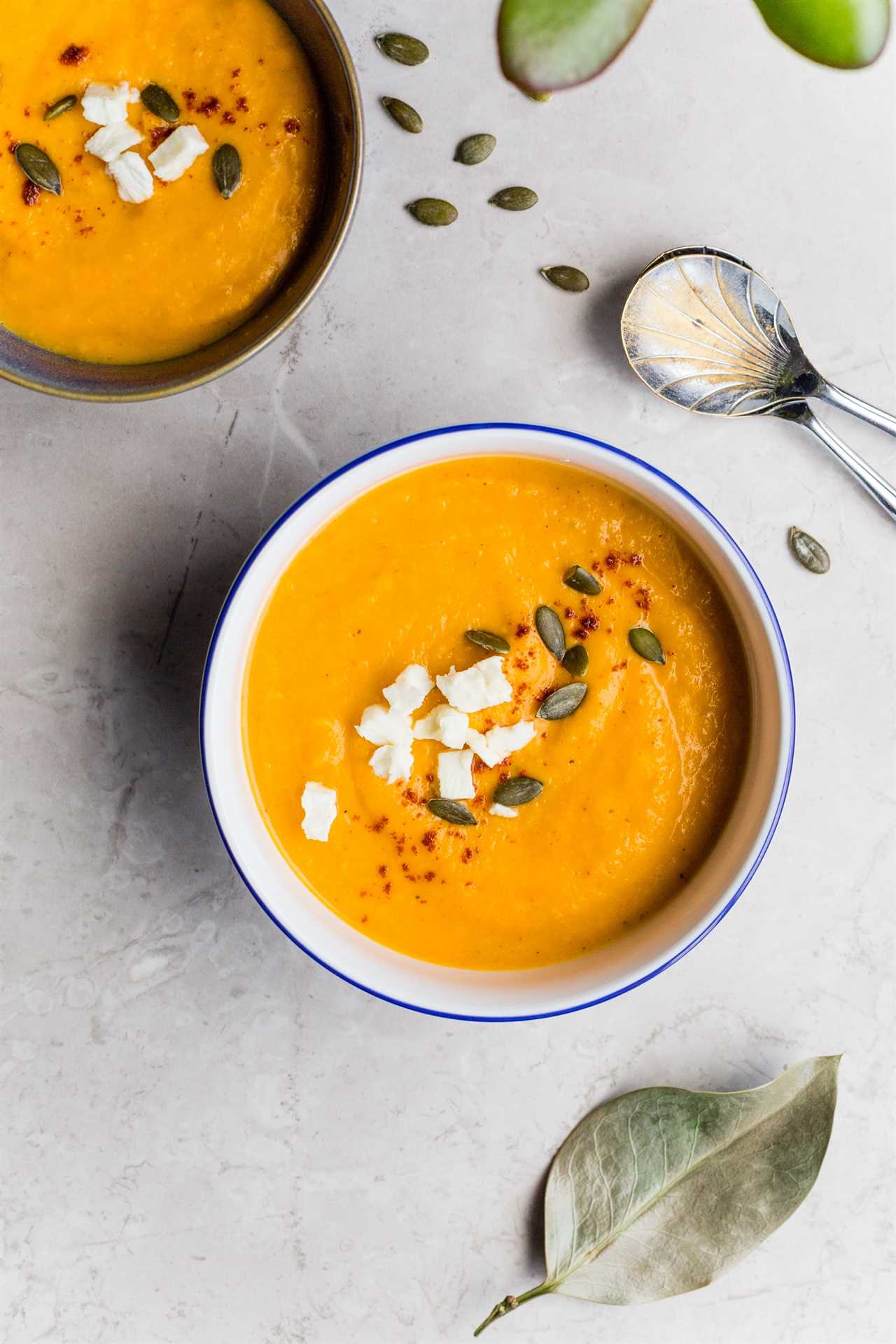
To safely handle a knife in the kitchen, beginners should hold the knife with a firm but relaxed grip, ensuring their fingers are curled away from the blade. They should also regularly sharpen their knife to maintain its effectiveness.
How Can I Prevent My Food From Sticking to the Pan While Cooking?
To prevent food from sticking to the pan while cooking, it is important to control the temperature and use non-stick pans. Adjusting the heat to medium or medium-low can help prevent sticking.
Additionally, using a non-stick pan or applying a thin layer of oil or butter to the pan can create a barrier between the food and the surface, reducing the chances of sticking.
Proper seasoning techniques, such as marinating or coating the food with flour, can also help prevent sticking.
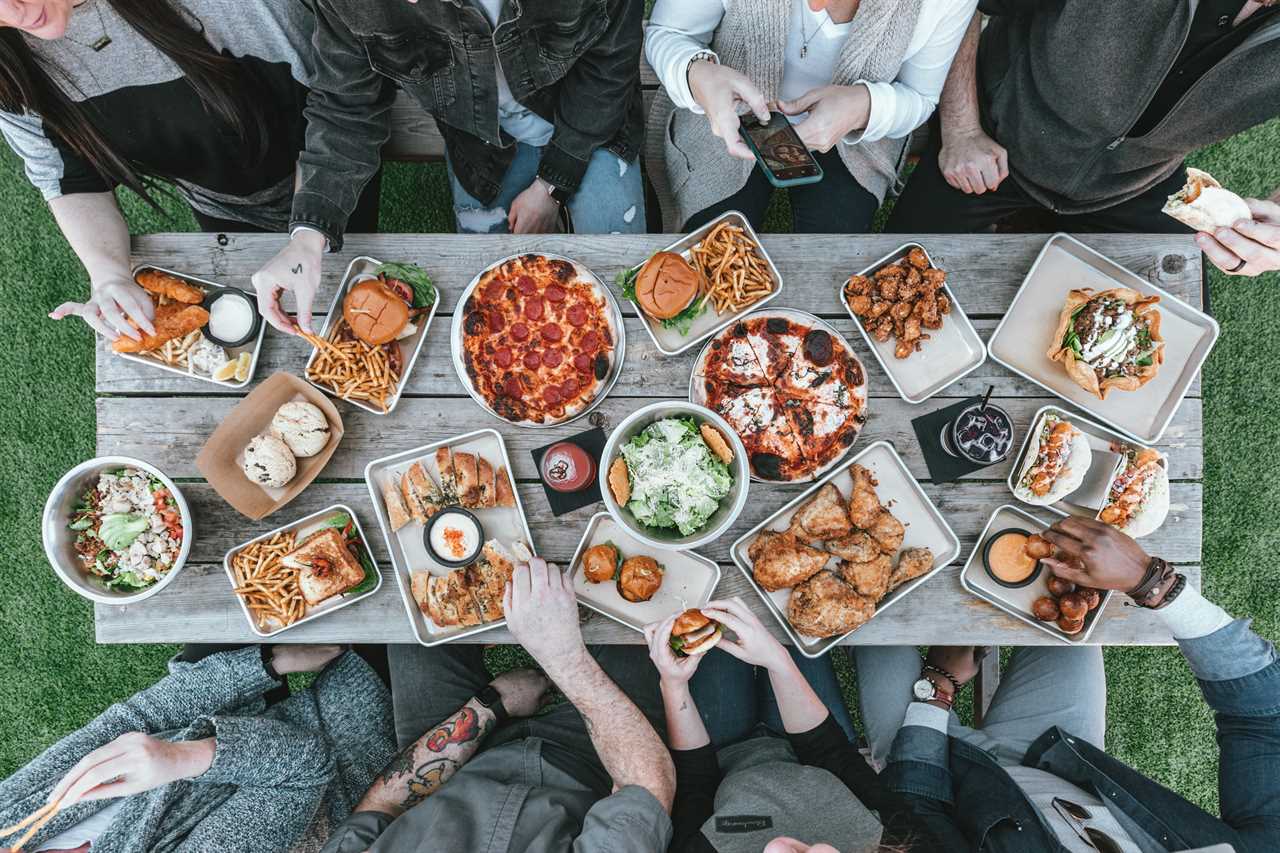
What Are Some Alternative Ways to Add Flavor to a Dish Without Using Salt or Spices?
Flavorful alternatives to add taste without salt or spices include using ingredients like citrus zest, vinegar, soy sauce, or Worcestershire sauce.
Other creative seasoning ideas include using herbs, such as rosemary or thyme, or experimenting with different combinations of flavors like garlic and ginger.
Cooking without traditional seasonings allows for freedom and exploration in the kitchen, resulting in unique and delicious dishes.
Enhancing taste without salt or spices opens up a world of possibilities for culinary creations.
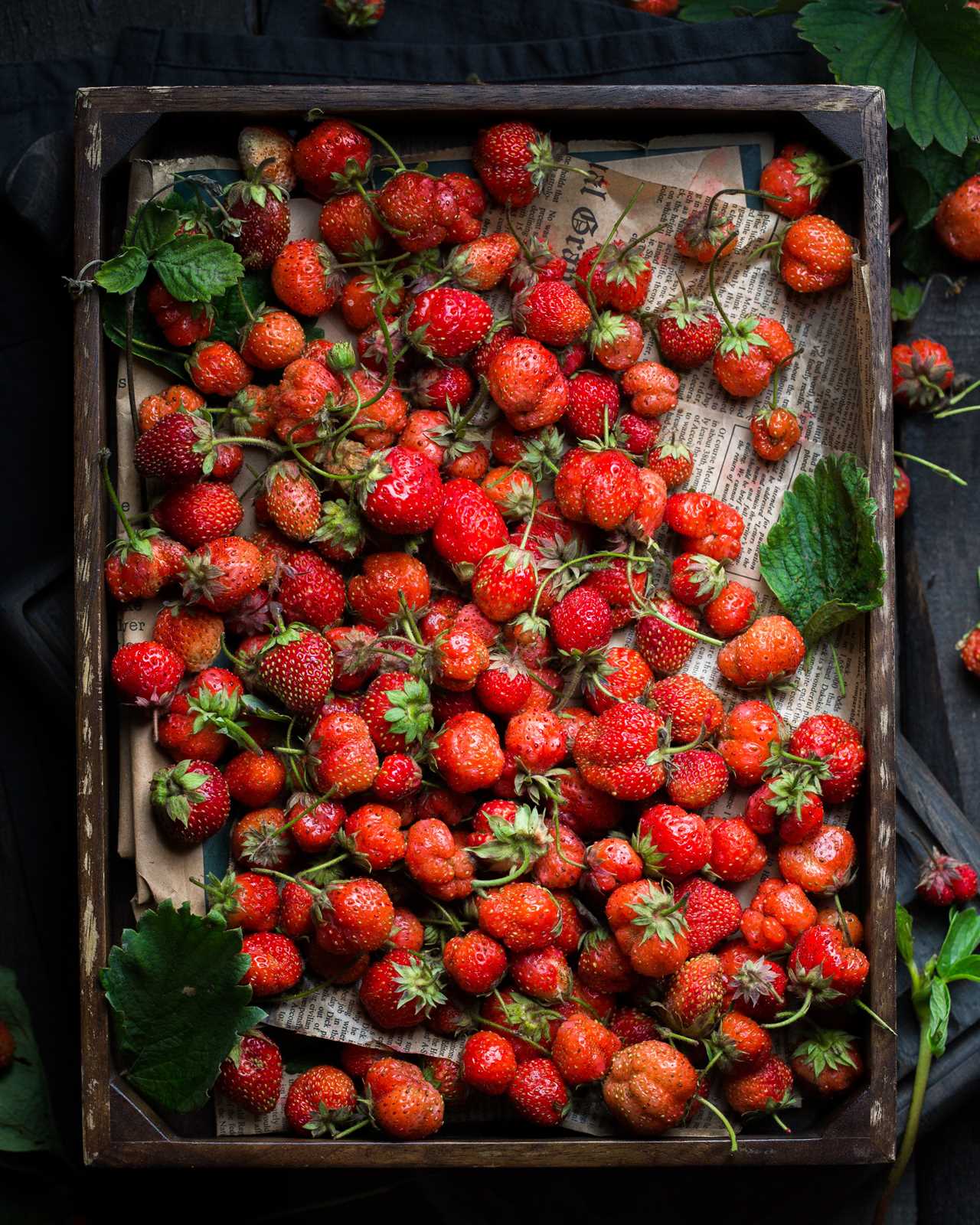
How Can I Tell if a Piece of Meat Is Cooked to the Desired Doneness Without Cutting Into It?
To determine if a piece of meat is cooked to the desired doneness without cutting into it, there are alternative methods you can use.
One effective way is by using a meat thermometer. Simply insert the thermometer into the thickest part of the meat, away from bone or fat, and check the temperature. Different meats have different recommended internal temperatures for doneness.
Another method is to use the touch test, where you press the meat with your finger to gauge its firmness.

